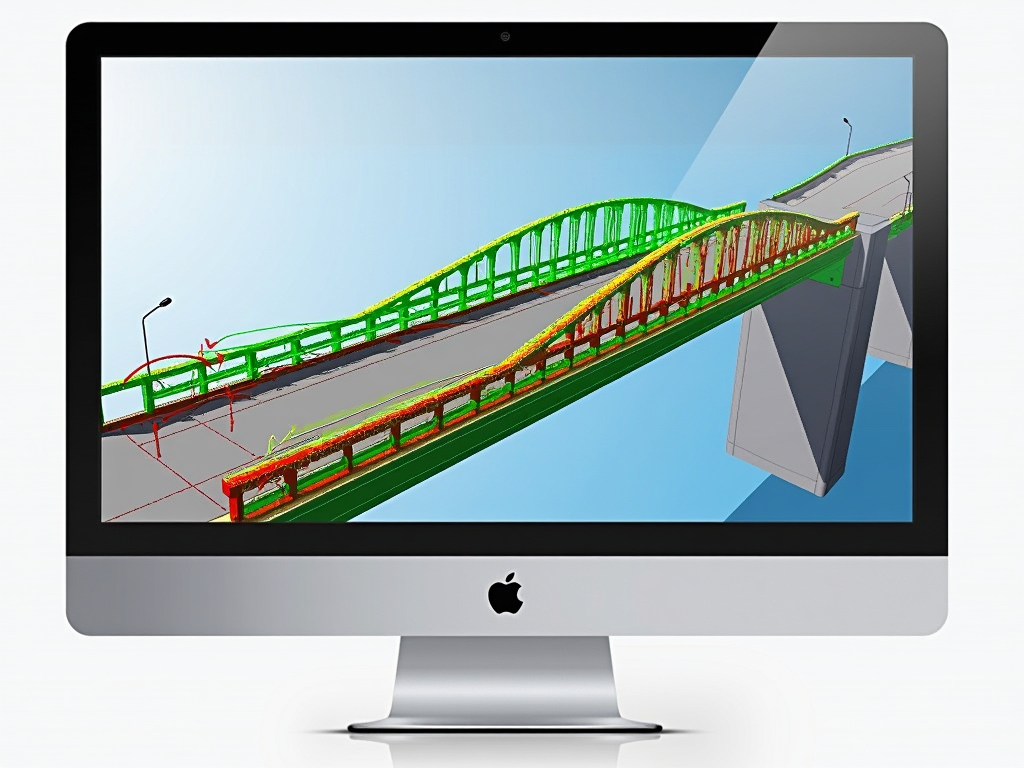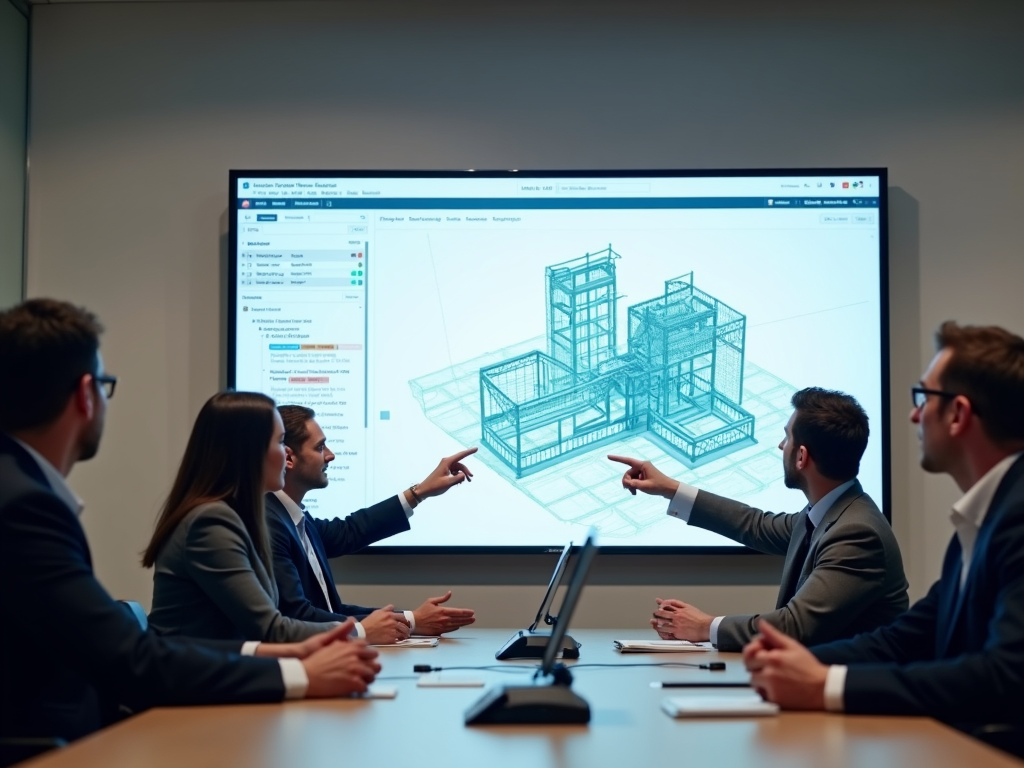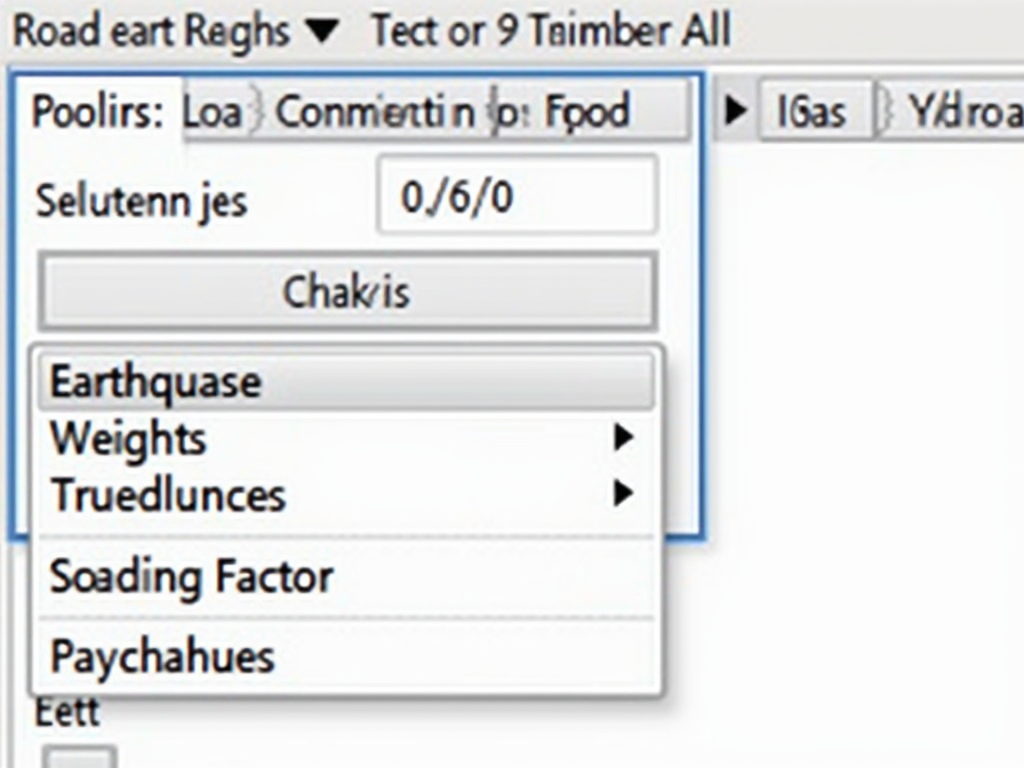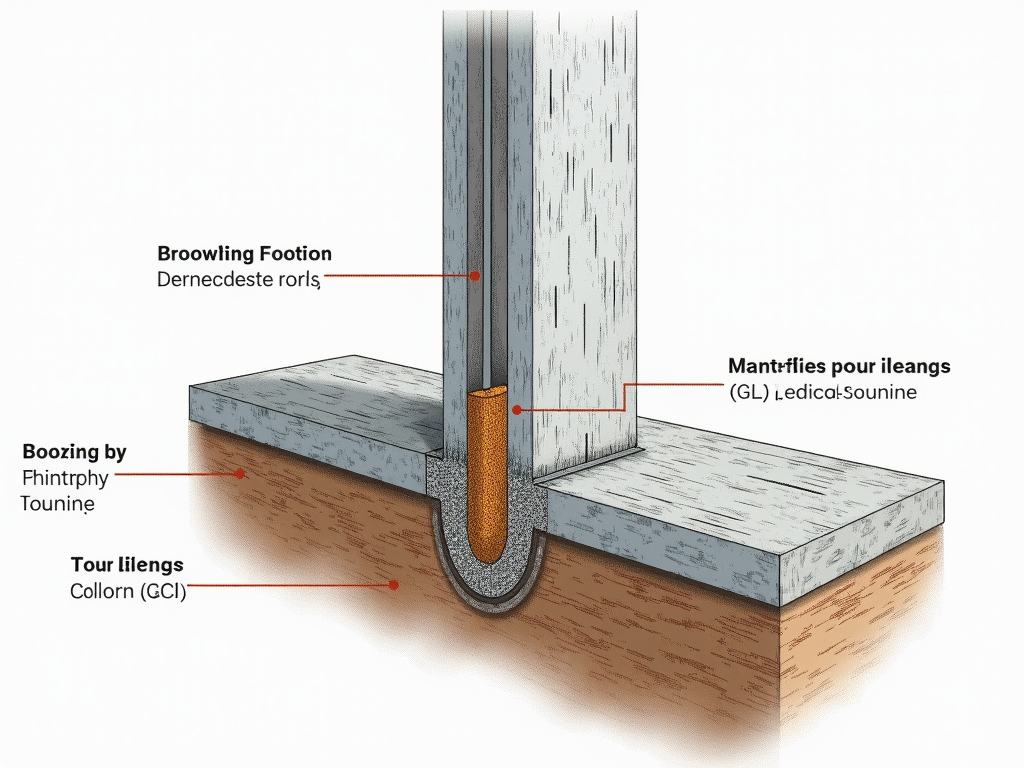Revolutionizing Design: Innovations in Structural Engineering Software
Overview: Building the Future with Software
Structural engineering software has changed how we create buildings, bridges, and more. These tools help engineers make sure structures are safe and strong. Today, new features in this software let engineers solve tough problems faster and better than ever before.
Why Structural Engineering Software Matters
Imagine designing a skyscraper without a calculator. That’s what life was like before structural engineering software. These programs do the heavy lifting—literally—by crunching numbers and testing designs. They’ve become essential because they save time, cut costs, and keep people safe.

I’ve seen firsthand how these tools make a difference. Years ago, I watched an engineer sketch a bridge by hand. It took days. Now, software spits out a detailed model in hours. The latest innovations in structural engineering software take this even further, adding speed and smarts to the process.
General Innovations: A New Era of Design
Modern software isn’t just faster—it’s smarter. Early versions were clunky, good only for basic math. Today, you get 3D visuals and tools that predict how a building holds up in a storm. Cloud computing is a game-changer too, letting teams work together from anywhere.

Think about this: an engineer in New York can tweak a design while another in Tokyo checks it—all in real time. That’s the power of the cloud. Plus, the software updates itself, so you’re always using the newest version without lifting a finger.
Mastering Load Combinations
Let’s talk about load combinations. These are the different forces a structure faces—like its own weight, people inside, or wind pushing against it. Engineers mix these loads to find the worst-case scenario. It’s like preparing for a big test by studying the hardest questions.

Advanced Load Combination Techniques in Engineering
Calculating load combinations used to be a headache. You’d sit with a pencil, adding up numbers, hoping you didn’t miss anything. Now, advanced load combination techniques in engineering software do it for you. They run dozens of scenarios in seconds, spotting weak points fast.
I once worked with a team designing a stadium. The old way, we’d spend a week on load combos. With new software, we finished in a day—and found a flaw we’d have missed. Some programs even use machine learning to guess which combos matter most, saving even more time.

Footing Calculation: The Base of It All
Footings are the feet of a building—they hold everything up. Getting them right means figuring out the soil, the weight above, and how it all fits. Mess it up, and your structure could sink or crack. It’s a big deal.
Modern footing calculation tools in software make this easier. You type in details like soil type or building load, and it tells you the size and strength needed. I’ve seen engineers use this to design foundations in hours, not days, with results you can trust.

Some software connects to soil data online, so you’re working with real info from the site. For a project I saw in California, this caught a soft soil patch that could’ve caused trouble. That kind of accuracy is why these tools are must-haves now.
Beyond the Basics: AI and Real-Time Magic
The innovations don’t stop there. Artificial intelligence—AI—is shaking things up. It can test thousands of design options and pick the best one, cutting waste and boosting strength. Imagine a computer brainstorming for you, but way faster.

Then there’s real-time feedback. Change a beam size, and the software instantly shows if it works. I’ve watched engineers tweak a bridge design live, seeing stress shift as they went. It’s like having a conversation with your project—super helpful for getting it right on the fly.
Virtual reality is another cool twist. You can ‘walk’ through a 3D model, spotting issues up close. I tried this once—standing inside a virtual building felt wild. It’s not just fun; it catches problems a flat screen might hide.

How These Tools Change Lives
These innovations aren’t just tech tricks—they make buildings safer and cheaper. A friend who’s an engineer told me about a school project: software cut the design time in half and caught a flaw that could’ve collapsed a roof. That’s real impact.
For me, the best part is how approachable this tech is. You don’t need a PhD to use it. Most programs guide you step-by-step, so even newer engineers can jump in and do great work. It levels the playing field.

Summary: A Stronger Tomorrow
Innovations in structural engineering software are reshaping how we build. Tools for load combinations, footing calculations, AI, and more make designs sharper and faster. They’re not just for experts—they help everyone create a safer, smarter world. The future’s looking solid.





